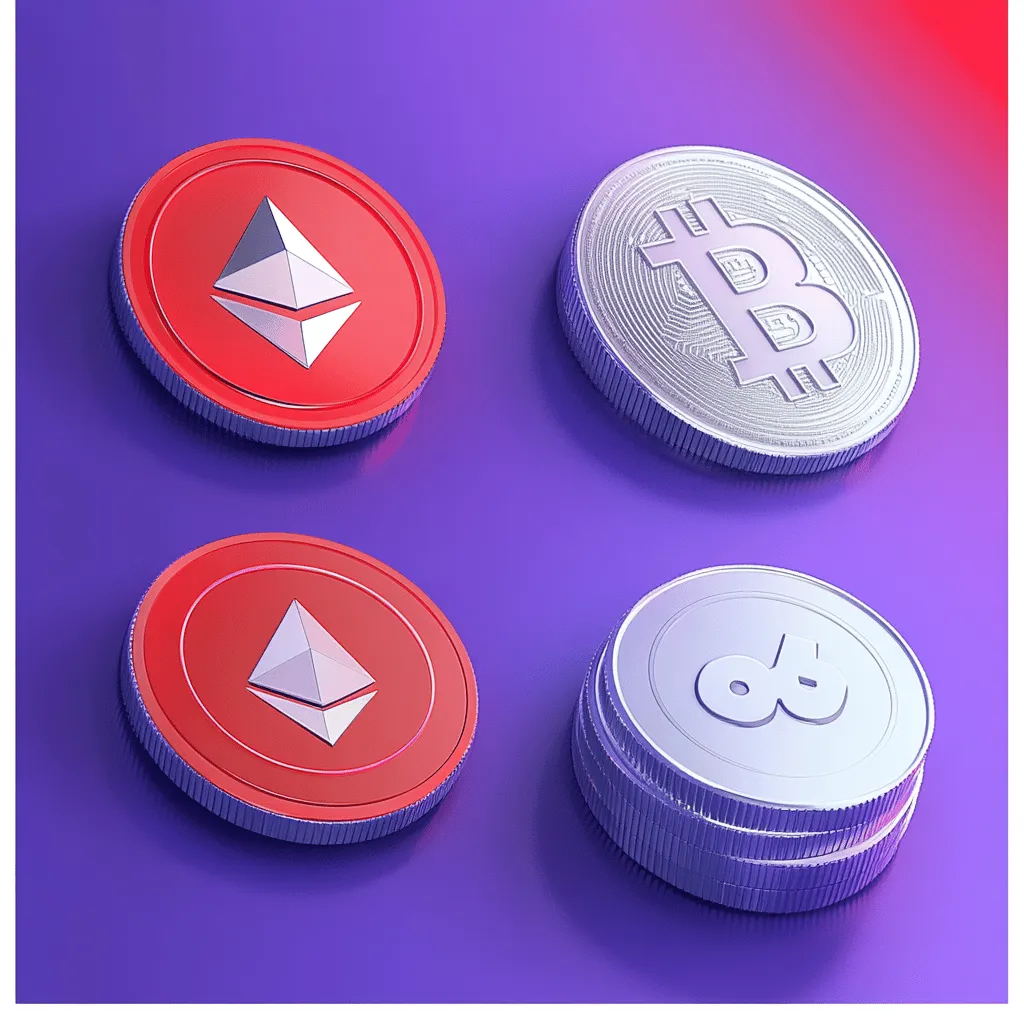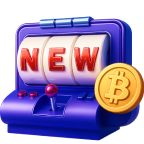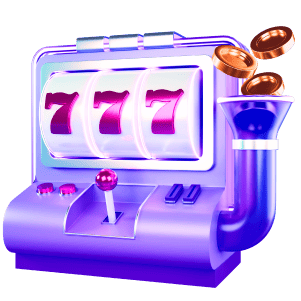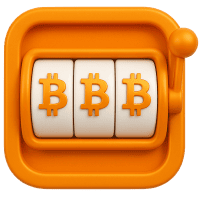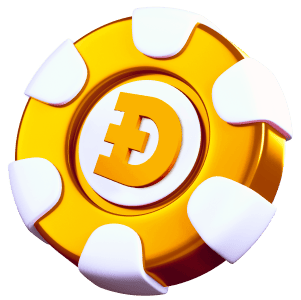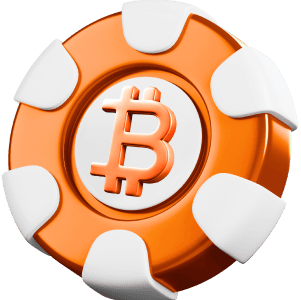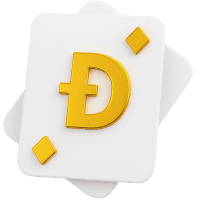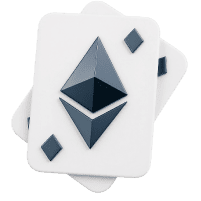HODL, a now-iconic term in the cryptocurrency world, first emerged from a Bitcoin forum post in December 2013. The user, GameKyuubi, wrote a post titled “I AM HODLING,” intending to write “holding” during a massive market crash. His drunken, typo-filled rant turned into one of crypto’s most enduring memes. But more than humor, the post struck a chord with the community facing the harsh realities of a volatile market that often leaves even the most seasoned traders rattled.
The raw honesty in the post gave birth to something deeper. People connected with it not because of its clarity, but because of its sincerity. It was messy, emotional, and real. Over time, the typo transformed into an acronym: “Hold On for Dear Life.” Although retroactively coined, the phrase captures the emotional rollercoaster of watching investments fluctuate wildly in value, especially in an unregulated, fast-moving market. For early adopters and new investors alike, HODL became a guiding principle rooted in survival. It was no longer just a joke! It was a coded language of solidarity.
HODL Meaning in Bitcoin Culture
In Bitcoin circles “to HODL Bitcoin” means more than just holding onto a digital asset; it’s about buying into a philosophy. Bitcoin, born from the ashes of the 2008 financial crisis, offered an alternative decision to centralized monetary systems. Those who chose to HODL did so because they believed in Bitcoin’s promise of transparency, fairness, and digital sovereignty – a system built to give power back to the individual.
The HODL meaning in this context includes resilience, conviction, and foresight. Early adopters who held onto Bitcoin despite its dramatic ups and downs were rewarded for their patience. HODLers, as they’re often called, are not just passive investors. They are evangelists of a new economic framework. Their loyalty is not to trends or charts, but to a movement they consider revolutionary.
With time, the act of HODLing came to embody confidence in the reliability of blockchain systems and a decentralized future. It also became a counter-strategy to the high-frequency trading and panic-driven selloffs seen in traditional markets. For many, to HODL Bitcoin is to embrace a long-term view in an environment obsessed with short-term gains.
HODLing is seen as a form of protest against inflation, against manipulation, against outdated banking. Bitcoiners who HODL do so out of principle, choosing autonomy over compliance. As regulations increase and institutions enter the space, this cultural divide becomes sharper. HODLing remains, above all else, a symbol of independence in a world leaning toward central control.
So “Hodling” means sticking with your investments (HODL Bitcoin or stocks) through the ups, downs, and chaos of the market. It’s about believing in the long game, tuning out the noise, and refusing to panic-sell when prices swing wildly.
The Typo That Sparked a Movement
GameKyuubi’s 2013 post on the Bitcointalk forum could have been forgotten like countless others. Instead, the misspelled word “HODL” caught on like wildfire. The original post, written in frustration and alcohol-induced candor, reflected a sentiment many investors shared during Bitcoin’s sharp downturn. It was a rare moment of truth that echoed across the community and beyond.
The raw honesty in GameKyuubi’s message resonated deeply: he admitted he was a poor trader, acknowledged the volatility, but committed to holding anyway. That spirit captured the emotional core of many Bitcoin enthusiasts at the time. Within hours, the term had gone viral. Crypto investors were not just looking for market analysis. They were looking for a voice that captured their struggle, and they found it in that sloppy, brilliant post.
Forums, memes, and social media amplified the message. HODL was no longer a typo; it was a declaration. It turned into an identity for those who chose to stay the course, no matter the market swings. This typo gave birth to an entire subculture within crypto. It unified people who were tired of speculative panic and technical jargon.
As the phrase gained momentum, it was repurposed with a new meaning: “Hold On for Dear Life.” Though originally unintentional, it perfectly encapsulated the experience of crypto investors. Thus, the origin of HODL became an essential chapter in Bitcoin’s cultural history.
Over time, that typo evolved into a beacon – a simple word that meant everything during a bear market. It became not only survival, but defiance. And in that defiance, a revolution was born.
HODL Beyond Crypto: Stocks & Other Assets
While rooted in crypto, the HODL philosophy has permeated traditional finance. Many long-term investors have embraced the HODL strategies, applying the same patience-driven mindset to equity markets. Value investors like Warren Buffett have long preached the virtues of holding quality stocks over the long run – a concept that echoes the HODL meaning, even if the language is different. What HODL offers is a cultural spin on the age-old wisdom of disciplined investing.
What is HODL in a stock context? It’s the refusal to sell in response to temporary market turbulence. It’s about trusting fundamentals and staying committed to your investment thesis. Whether it’s riding out economic cycles, weathering corporate scandals, or resisting media-driven selloffs, the HODL strategy remains surprisingly universal.
From ETFs to tech startups, long-term holders increasingly cite the HODL mantra as part of their strategy. In volatile sectors like biotech or clean energy, where innovation cycles are lengthy, holding firm can lead to substantial gains. Tech visionaries like Elon Musk and Cathie Wood, known for their futuristic investments, echo a similar mindset – bet big, hold longer, and let conviction guide the way.
Even among millennials and Gen Z investors, HODL stock is becoming common. Robinhood traders and Reddit communities often use the term as a badge of honor. They may buy meme stocks or speculative plays, but they stay the course with a belief in transformation and disruption.
The term has transcended its origins and evolved into a universal strategy of conviction. It’s no longer bound by asset type but by mentality. HODL is now a shorthand for strategic patience, which is one of the rare things in finance that’s hard to quantify, but crucial to success.
The Psychology of Holding Through Volatility
HODLing isn’t just a financial strategy. It’s a psychological test. Watching assets swing wildly in value can provoke fear, doubt, and impulsive decisions. The essence of HODL lies in mastering these emotions. It’s easy to believe in an asset when it’s rising, but true commitment is proven when prices fall and sentiment turns bearish.
The HODL meaning includes developing emotional discipline. Successful HODLers resist the impulse to exit positions during market slumps. Instead, they focus on long-term goals and the underlying value of their assets. Behavioral finance research shows that time in the market beats timing the market – exactly what HODL advocates champion. Understanding market cycles helps frame downturns not as failures, but as part of a larger financial journey.
For those wondering what is HODL from a mindset perspective, it’s mental fortitude. HODLers often rely on conviction, community support, and a clear investment thesis to weather storms. Online forums and social media provide encouragement during crashes, reinforcing the belief that volatility is a feature (not a flaw) of emerging markets. Reddit posts titled “HODLing strong” or “Diamond hands” are common rallying cries during drawdowns.
To HODL stock effectively, one must anticipate emotional triggers and set rules in advance. Automating investments, avoiding daily portfolio checks, and journaling investment reasons can help maintain clarity and commitment. Using dollar-cost averaging strategies also reduces the impact of short-term noise.
Ultimately, HODLing is not a denial of risk but an acknowledgment of it – paired with an intentional decision to remain committed through the noise. That’s where strength lies.
Practical HODL Strategies for Investors
Implementing a winning HODL strategy involves more than just holding assets blindly. Smart HODLers balance optimism with planning. First, it’s critical to invest only what you can afford to hold long-term. This reduces panic when prices dip and allows you to stay focused on your broader goals, not market noise.
Diversification is also key. While the HODL philosophy may originate from Bitcoin, applying it across multiple assets – including when you HODL stock – helps mitigate risk. Rebalancing your portfolio periodically ensures it aligns with your goals. Think of it as risk management with a conviction overlay. Staying diversified while maintaining a HODL approach protects you against catastrophic losses while preserving the upside.
Setting clear investment goals and timelines support the HODL mindset. Whether saving for retirement or building generational wealth, having a long-term vision enables better decision-making. It’s about framing your investment horizon beyond today’s price. When you know why you’re investing, it’s easier to stay committed. HODL stock is a reminder that patience still pays. It’s more than just holding onto shares — it’s about trusting your research, believing in the companies you’ve invested in, and allowing time to do its work.
Finally, staying informed is essential. Markets evolve, and so should your strategy. Achieve success by:
- reading whitepapers,
- following credible analysts,
- remaining engaged in community discussions!
HODLing is not passive, but an active choice to trust your thesis and see it through. Ignoring the news may help you HODL, but understanding it makes you stronger. Use downturns as learning opportunities, not reasons to abandon ship.
In summary, understanding what is HODL and embracing its principles can help investors build resilience and capture long-term gains – whether in Bitcoin, stocks, or other investments. With proper strategy, knowledge, and psychological resilience, HODLing can shift from a meme to a method – and perhaps your most valuable edge.



